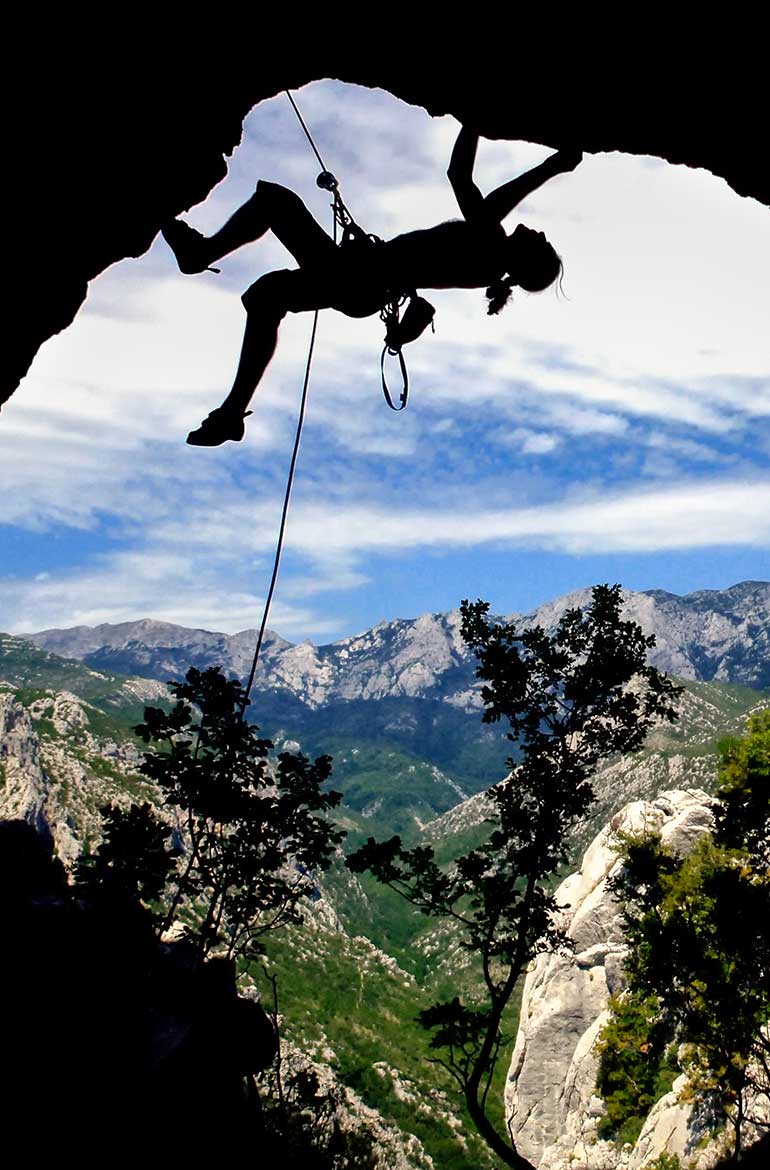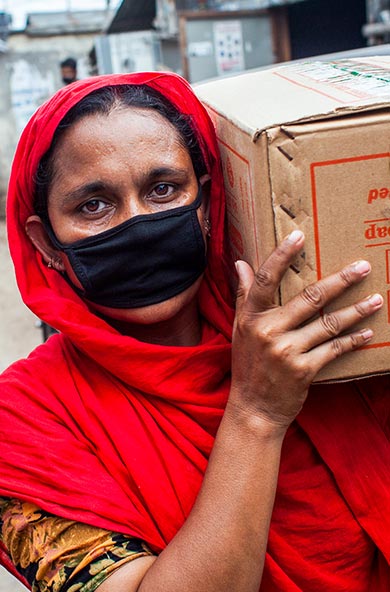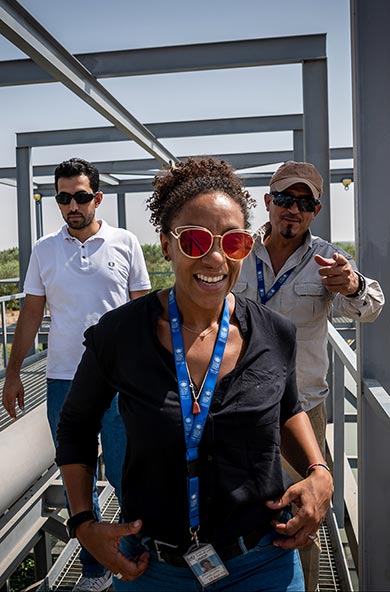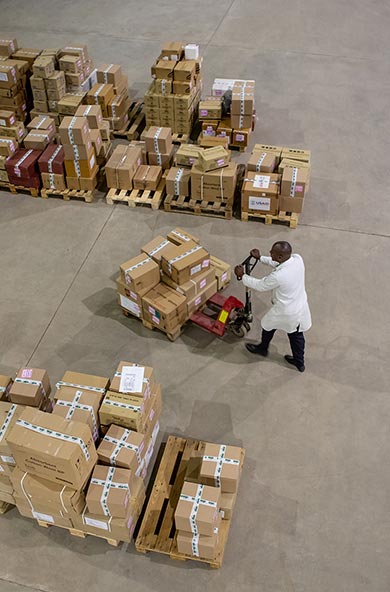This year starts with high hopes for an end to the COVID-19 pandemic. Hopes for a green recovery that leaves no-one behind. Hopes that the world will get on track to win the race to zero emissions. 2020 ended with growing ambition for carbon neutrality, and 2021 will be a decisive year to transform this momentum into action—from the United States re-joining the Paris Agreement to the first United Nations High-Level Dialogue on Energy in 40 years, and the long-awaited COP26.
The situation also demands high expectations. For the first time since records began, human development has fallen. We are not on track to meet our climate goals, and we now have less than 10 years before permanent damage is done to our planet and ourselves—with the most vulnerable hit the hardest.
In face of this, it is urgent to channel, accelerate and expand finance for the solutions that will enable countries to tackle the climate crisis and build forward better.
But financial resources are flowing in the wrong direction and to the wrong things. At the time of writing, recovery packages in G20 countries for energy-intensive sectors commit more money to fossil fuels than to clean energy. That is happening despite international actors being mobilized to fund climate action in support of a green recovery. It is also increasingly accepted that climate investments make economic sense. The financial and business cases for clean energy are stronger than ever. In most countries, going solar is now cheaper than building new coal power plants. Clean energy investments also drive economic growth, with a potential to create 18 million jobs by 2030—and that’s including the inevitable fossil fuel job losses.
Why, then, are climate investments still lagging?
The elephant in the room
We need to talk about the elephant in the room. Even before the pandemic, climate finance was not having the transformative impact it could – and should – have. Globally, countries have been spending about US$500 billion per year on fossil fuel subsidies. This is a crushing burden for poorer countries. It diverts resources away from areas such as health and education, and sends the wrong signal to potential clean energy investors.
Reversing this trend requires enormous upfront investment. But this is a problem that’s not going away. The global population is forecast to reach nearly 10 billion by 2050 and with it will come a three-fold increase of energy demand. We need these investments to happen now, yet we are nowhere near what’s needed.
Reaching net-zero by 2050 would require US$130 trillion between 2016 and 2050. For energy efficiency to deliver its full potential and enable the world to achieve more than 40 percent of the emissions cuts without new technology, average annual energy efficiency investment must double to 2025 and then double again to 2040. And 2020 has seen the lowest improvement rate of efficiency since 2010 at less than one percent , far below the annual average of three percent needed until 2030.
This funding gap is partly due to countries facing difficulties in accessing climate finance solutions. That is largely because the climate finance system today is cluttered and fragmented; many similar initiatives can address an issue, with each having their own criteria, requirements and process. Many public and private project proponents also struggle to develop high-quality proposals, leading to an insufficient ‘pipeline’ of projects suitable to donors and investors. The result is an inefficient, and often ineffective system that is missing the mark, and not delivering change at the pace and scale needed.
This is why in 2019, UNDP joined forces with IRENA, Sustainable Energy for All (SEforALL) and the Green Climate Fund to launch the Climate Investment Platform which is our latest contribution to the climate finance challenge. We bring together international organizations, civil society, development finance, private sector, and developing countries.
Doing things differently
The platform has been created to provide innovative ways to catalyze climate finance, channel it where it is most needed, and maximize its impact.
The first way we do this is by combining the determination of the public sector with the entrepreneurship capacities of the private sector. We support governments in making climate investments easier and more attractive for private sector companies. We help them enact policies that create a stable and enabling environment which facilitates the deployment of commercial capital.
The second way lies in the power of our partnership. Together, our expertise and networks cover the entire chain of climate investments, with a focus mitigation, from working with governments to include ambitious clean energy in Nationally Determined Contributions and put in place policies that enable large climate investments, to helping projects developers put forward bankable and donor-ready projects, and matching these with the right finance institutions and private investors. Together, we are bigger than the sum of our parts.
Nothing short of systems disruption will address the needs of the vulnerable in climate finance. The innovative solutions to create a better future exist. They need to be funded, scaled up and accelerated. We are ready to rise to the challenge. We are ready to disrupt business as usual to achieve global climate ambitions. Join us.
For more information on the CIP, visit the website, follow the CIP on Twitter, and subscribe to the newsletter.

 Locations
Locations





















